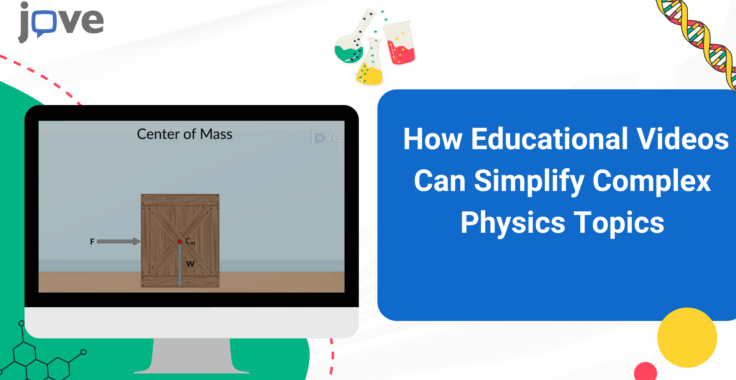
How Educational Videos Can Simplify Complex Physics Topics
Imagine teaching electromagnetism to high school students without seeing their eyes glaze over. Complex physics concepts can feel daunting, both for students to grasp and for teachers to explain. That’s where educational videos become game changers. Research shows that students who learn physics through visual tools, such as videos, retain 30% more knowledge compared to traditional methods (source). By breaking down abstract concepts into engaging, digestible visuals, these tools empower educators to make physics approachable and fascinating.
The Power of Physics Educational Videos
Educational videos bridge the gap between theory and practice, transforming how students learn challenging topics in physics. Here’s why they’re so effective:
- Visual Clarity: Videos use animations and simulations to demonstrate phenomena like wave interference or magnetic fields.
- Engaging Content: Lessons are dynamic and interactive, capturing students’ attention better than static lectures.
- Self-Paced Learning: Students can pause, rewind, and rewatch lessons, ensuring they fully understand concepts before moving on.
Interactive Physics Lessons for High School Students
Interactive physics lessons make a world of difference in the classroom. Educational tools for teaching physics, such as JoVE’s interactive physics tutorials, allow students to:
- Visualize Theoretical Concepts: For example, JoVE videos show step-by-step demonstrations of electromagnetism, making abstract ideas tangible.
- Engage in Virtual Experiments: Simulated experiments let students explore quantum mechanics without requiring expensive lab equipment.
- Strengthen Problem-Solving Skills: Videos guide students through solving real-world physics problems, boosting their analytical abilities.
How Videos Simplify Electromagnetism for High School Students
Electromagnetism is a cornerstone of physics but is notoriously challenging to teach. Using educational videos to teach physics concepts like electric currents, magnetic fields, and electromagnetic waves simplifies the process by:
- Providing visual demonstrations of how electric fields interact with charged particles.
- Breaking down the steps of Faraday’s Law with clear, real-time animations.
- Highlighting practical applications, such as how electromagnetism powers everyday technology.
Best Practices for Using Visual Learning Tools in Physics Classrooms
To make the most of educational videos, consider the following strategies:
1. Curate Topic-Specific Content
Choose high-quality videos aligned with your curriculum. JoVE offers tailored science videos for high school students, covering topics from motion to thermodynamics.
2. Integrate Videos into Lesson Plans
Incorporate videos as pre-class assignments to prepare students for hands-on experiments. For example, a video on projectile motion can set the stage for an in-class experiment.
3. Use Videos for Review Sessions
Educational videos are excellent tools for revisiting challenging topics, helping students prepare for exams or lab assessments.
Best Videos to Explain Quantum Mechanics for High School Students
Quantum mechanics is often perceived as inaccessible, but videos can change that narrative. Educational videos simplify the subject by:
- Demonstrating key principles like wave-particle duality and uncertainty.
- Using animations to show how electrons interact in an atom.
- Relating quantum concepts to practical applications, such as in lasers or semiconductors.
Conclusion
Educational videos are invaluable tools for high school physics teachers aiming to simplify complex topics. By combining visual clarity, interactivity, and accessibility, these videos engage students and enhance understanding. Platforms like JoVE offer a comprehensive library of physics educational videos that empower educators to make physics not just understandable, but exciting.